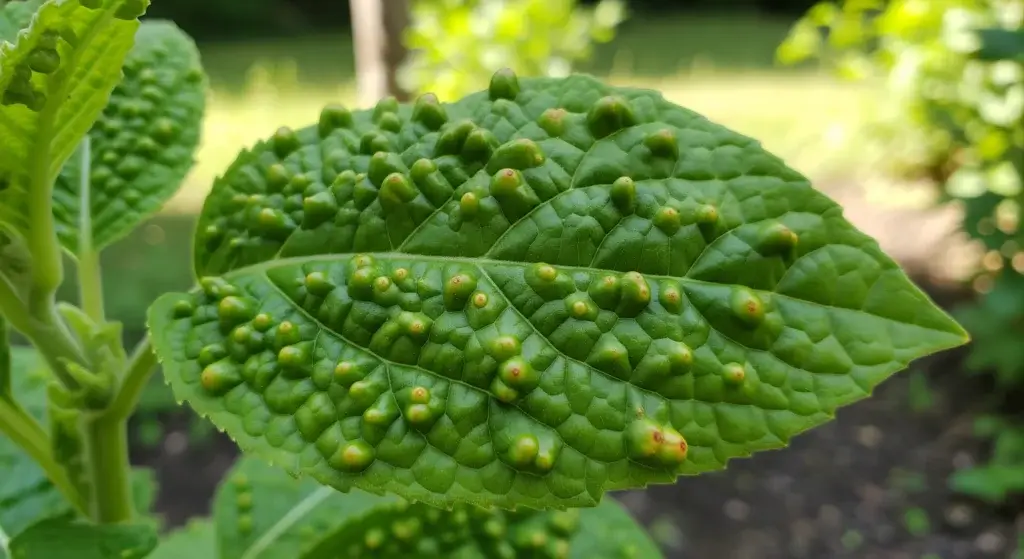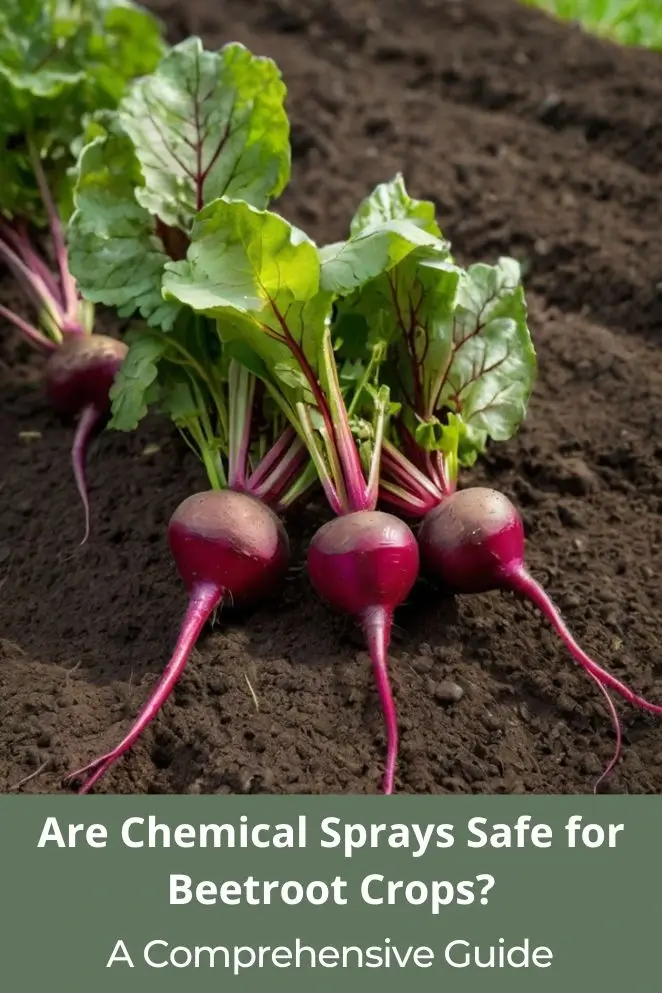
With the world pushing toward feeding nearly 10 billion people by 2050, farmers are under pressure to grow more food—fast.
But using chemical sprays on beets raises safety questions for people, the planet, and the future of farming.
This guide breaks down the real risks, the upsides, and what safer, greener options are starting to take root.
Understanding Chemical Sprays in Beetroot Production
Beetroot farmers use chemical sprays—like herbicides, insecticides, and fungicides—to protect their crops from weeds, bugs, and diseases.
Without them, yields can tank fast.
Herbicides do most of the heavy lifting, making up about 47.5% of all sprays used in beetroot farming.
That’s because weeds are the biggest problem, especially with beets’ long growing season.
Insecticides (29.5%) and fungicides (17.5%) come next.
Farmers usually spray before the beets sprout (pre-emergence) and again after they’re growing (post-emergence) to keep weeds under control.
Products like UpBeet® are made just for beets and help knock out weeds without hurting the crop.
- Read also: DIY Garlic Spray for Aphids: Natural Pest Control That Works
- Read also: Homemade Onion Pest Spray: 3 Natural Recipes That Work
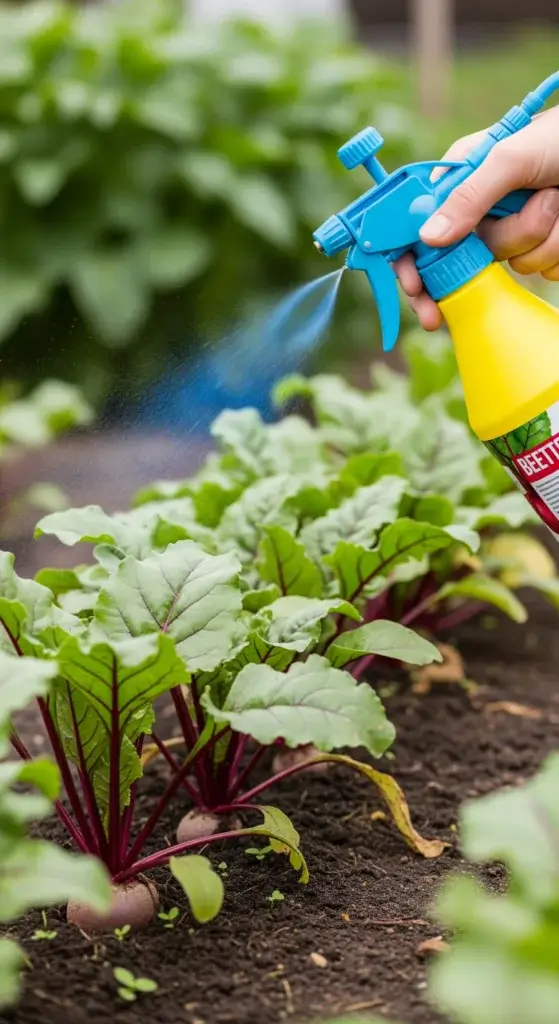
Current Safety Standards and Regulatory Oversight
Chemical sprays on beetroot aren’t a free-for-all.
Agencies like the EPA (Environmental Protection Agency) in the U.S. set strict rules about what’s allowed and how much residue can stay on your food.
Right now, the EPA has limits in place for 45 different pesticides used on beets—some in the field, some during storage.
The system isn’t set-and-forget, either.
In 2024, the EPA banned DCPA (aka Dacthal) after new research showed it could mess with thyroid hormones—even at low doses.
That’s a big deal and shows they’re not afraid to pull the plug if new science says, “Hey, this is bad.”
The EPA also rolled out new rules in August 2024 to protect endangered species from herbicide exposure.
So yeah, safety standards aren’t just about people—they’re thinking about plants and wildlife too.
Residue Levels and Consumer Safety
Good news: beetroot usually has super low pesticide residue.
Why? It’s a root veg with a tough skin that acts like natural armor.
Compared to leafy greens or berries, beets come out pretty clean.
A 2024 field study tested six common herbicides used on sugar beets.
Researchers used high-tech tools (think QuEChERS and fancy lab machines) to check for residue.
Result? Beets posed low risk to eaters.
Even the Environmental Working Group (EWG)—the people behind the “Clean Fifteen” list—backs this up.
Beets and other root veggies land on that list year after year.
About 60% of samples have zero detectable pesticides, and the rest show very low levels.
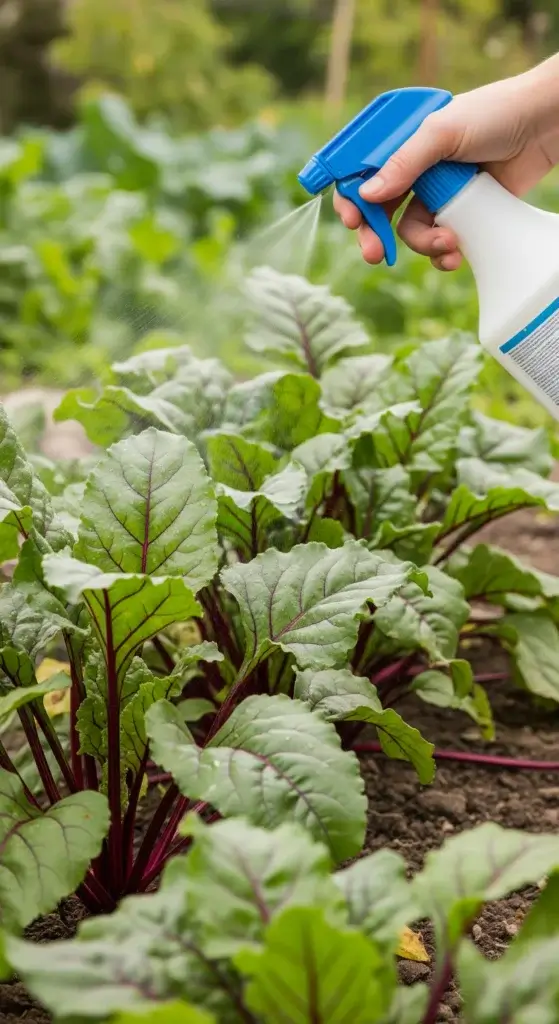
Health Implications and Risk Assessment
Beets usually come with low pesticide residue, but that doesn’t mean we ignore the bigger picture.
Of the 45 pesticides approved for beets, 19 are acutely toxic—not great news for farm workers or the environment during spray season.
But for you, the person eating the beet? Risk is super low.
The World Health Organization says just wash and peel your beets.
That alone cuts down pesticide residue and gets rid of any dirt or bacteria hitching a ride.
Scientists are still digging into what low-level exposure over time might do to us.
So while beets themselves aren’t a problem, the bigger convo about chemical use in farming is still going.
Environmental Impact and Sustainability Concerns
Chemical sprays don’t just stay on beets—they can hang around in soil and water and mess with the bigger ecosystem.
That means bugs, birds, and fish might feel the hit, even if they’re not the target.
The good news? Many beet farms now use smarter, low-spray methods.
Stuff like crop rotation helps fight pests without needing to drench everything in chemicals.
This is part of integrated pest management (IPM)—basically, using nature first, chemicals last.
Still, it’s not all sunshine. In 2024, some places gave the green light to neonicotinoid pesticides—which are bad news for bees.
Beets aren’t a major bee magnet, but those sprays don’t stay put, so the bigger ecosystem still feels it.
Emerging Alternatives and Future Technologies
Farmers aren’t stuck with old-school sprays forever.
New tools are popping up, and some of them are straight out of a sci-fi movie.
One of the big ones? RNA interference (RNAi) pesticides.
These things don’t kill everything in sight—they go after specific pests by messing with their genes.
It’s like muting one bug while leaving the rest of the ecosystem alone.
The RNAi market is blowing up too—worth almost $45 million in 2024, and expected to hit $227 million by 2034.
Then there’s biological pesticides like Bt (Bacillus thuringiensis).
These are natural bacteria that attack pests but break down fast and don’t leave toxic stuff behind.
They’re getting more popular in beet farming because they work and don’t mess up the environment.
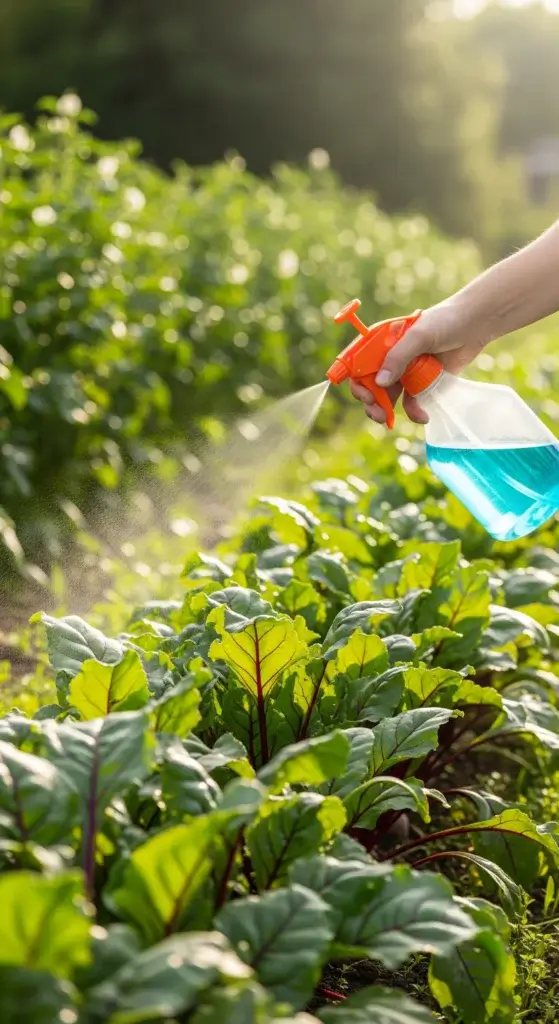
Organic vs. Conventional Production
Organic beet farming skips synthetic sprays and fertilizers.
Instead, farmers use natural bug control and soil boosters—think compost, cover crops, and helpful insects.
Studies show that organic beets usually have way less pesticide residue—about 5 times lower than conventionally grown ones.
But there’s a twist: some organic beets in certain areas still show traces of old-school pollutants (POPs).
That’s not because of how they’re grown now—it’s leftover junk in the soil from back in the day.
Another bonus? Organic beets often pack more antioxidants (like polyphenols).
That’s because when plants deal with real stress—bugs, weather, competition—they build stronger defenses, kind of like plants doing CrossFit.
Best Practices for Safe Chemical Application
If you’re using chemical sprays on beets, you’ve got to play it smart.
The goal? Kill the pests, not the planet—or yourself. Here’s how to keep it safe and sharp:
Plan first, spray later
Don’t just spray on a schedule. Check your field. Only treat when pests are actually causing problems.
Pick the right product for the right pest—no guessing.
Use precision tech
Got GPS-guided sprayers? Use them. Variable-rate systems help you apply just enough chemical where it’s needed.
Less waste, less drift, more control.
Watch the weather
Skip spraying when it’s windy, just before rain, or during a temperature inversion (when air traps chemicals near the ground).
All of these mess with spray accuracy and can cause drift.
Respect the buffer zones
Leave space around water, wildlife zones, and your neighbor’s tomatoes.
It’s not just polite—it’s safe and usually required.
Suit up
Whoever’s mixing or spraying chemicals should wear full protective gear.
Gloves, goggles, long sleeves—the works. Don’t cut corners here.

- Read also: Homemade Cucumber Spray Recipe: Natural Solutions for Garden
- Read also: DIY Insecticidal Soap Spray: Protect Your Plants Without Harsh Chemicals
Conclusion: Balancing Safety, Sustainability, and Productivity
Chemical sprays on beets are low-risk for eaters, thanks to strict rules, constant safety checks, and the beet’s tough skin.
Wash and peel them, and you’re good.
But there’s more to the story. Sprays can still impact the environment, which is why farming is shifting.
New tools—like RNAi tech, biological sprays, and precision equipment—are helping farmers use less and do it smarter.
Both organic and conventional beets are safe to eat, so pick what fits your vibe.
Either way, farming is moving toward greener, cleaner, and still productive methods. And that’s a win for your plate and the planet.


